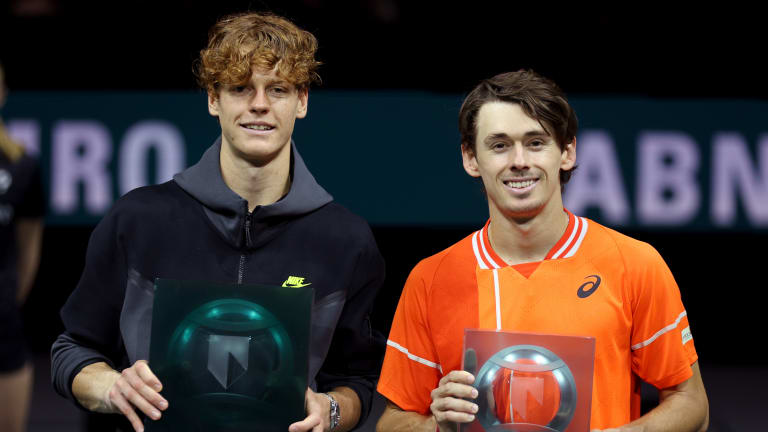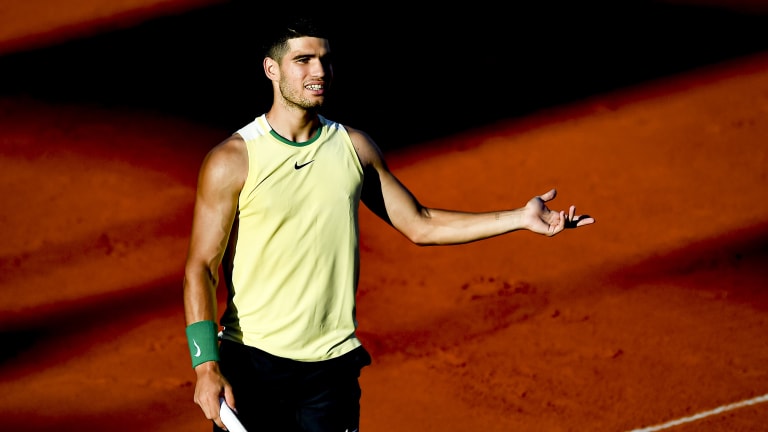ATP Rotterdam
What Jannik Sinner’s Rotterdam title, Carlos Alcaraz’s latest loss says about current state of ATP’s future
By Feb 19, 2024ATP Rotterdam
Jannik Sinner withdraws from ATP 500 Rotterdam
By Jan 27, 2025ATP Rotterdam
Tsitsipas moves past qualifier Lehecka to secure final-round spot in Rotterdam
By Feb 12, 2022Burning Questions: 2026
Which Indian Wells champ will have the better year: Jack Draper or Mirra Andreeva?
By Dec 24, 2025Unsung Heroes
Elise Mertens had her best season in years in 2025, but you may not have noticed
By Dec 24, 2025Facts & Stats
Carlos Alcaraz tops ATP prize money leaders for 2025 with over 21 million dollars
By Dec 24, 2025Style Points
Five days, a dozen looks: Inside Venus Williams' Palm Beach wedding bash
By Dec 24, 2025Social
Anna Kournikova welcomes fourth child with Enrique Iglesias
By Dec 23, 2025Burning Questions: 2026
Who is more likely to win a Slam: Amanda Anisimova or Elena Rybakina?
By Dec 23, 2025Unsung Heroes
Alejandro Davidovich Fokina's season was one to remember, even if he may opt to forget
By Dec 23, 2025What Jannik Sinner’s Rotterdam title, Carlos Alcaraz’s latest loss says about current state of ATP’s future
The differences between the two, in form and confidence, were made clear in their performances this past weekend.
Published Feb 19, 2024
Advertising

Sinner has now won the last three ATP 500 tournaments he's entered.
© GETTY IMAGES
Advertising

Alcaraz hasn't appeared in a final since falling to Novak Djokovic in last August's instant classic at Cincinnati.
© Getty Images